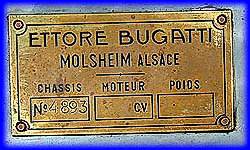

Bugatti T35C - Chassis Nr. 4893
Thanks to Mark Albada Jelgersma for allowing me to use his Web information
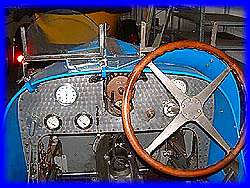
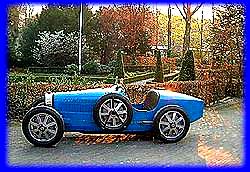
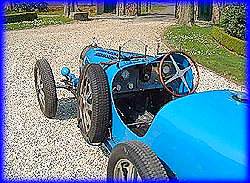
Little History:
This car was delivered to Alberto Musy, a Bugatti agent in Turin, Italy in February 1928.
The car was imported into South Africa in the mid 1930's, by Mario Mascurrati (associate of Tazio Nuvolari). The car was driven by Lionel Meyer in the Third South African GP.
The car was bought by Jeff Watson in 1938. He got the car running and it subsequently threw a rod. The car was then sold to Dennis Woodhead and the supercharger was sold to the Fuel Research Laboratory.
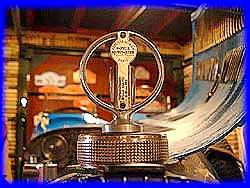
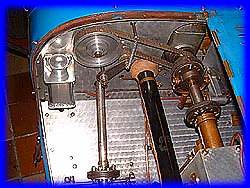
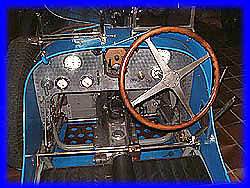
Engined with an American Graham engine, on the first lap at the Earl Howe circuit on new years day in 1940 a dramatic crash resulted in Dennis being fatally wounded. Unfortunately, Dennis Woodhead died of his injuries 3 days later. As Jeff Watson had not yet been paid the car was taken back, in its crashed state once again to go through the healing process.
Other Bugatti engine parts were used to repair the car and it was raced by Pierre Kelfkens in the Pietermaritzburg Grand Prix in 1946, when it again threw a rod. During this race, a T37 radiator was fitted.
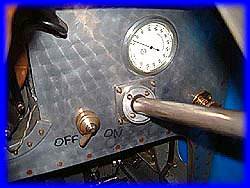
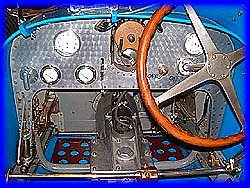
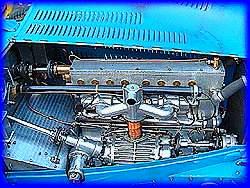
As spares now became a major problem the decision to fit a Ford V8 engine was taken. Jeff Watson lost all interest in the new engine, ownership passed to Pierre Kelfkens who raced the car as the 'Klip Special' for many years.
Roy Watson then obtained the car, minus the engine, from Pierre in about 1962 and he began a rebuild. The remains of the engine had been stolen for scrap value from the basement at Pierre's block of flats and despite attempts to recover them, were never found. One day, to Roys' intense surprise, the bones of an engine from Laurence Marques arrived. Jeff helped Roy in the rebuild.
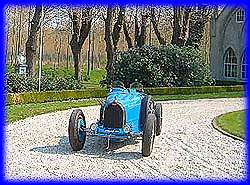
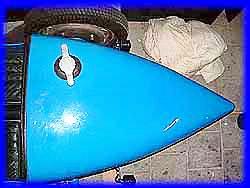
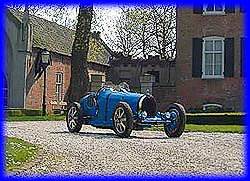
Proper GP bits were obtained such as camshaft, new big valve club cylinder blocks and supercharge drive, mag drive, etcetera. The most interesting thing was that Jeff Watson got the original blower back from Fuel Research complete with the engine number 115 stamped on it, which agreed with the bent axle also bearing 115. This was duly conveyed to Hugh Conway who then issued a club nameplate. Roy Watson first drove the car in about 1970 and used untill sold to Hamish Moffat in about 1980.
By this time, the car was in quite original shape.
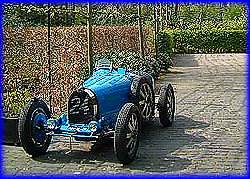
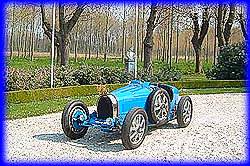
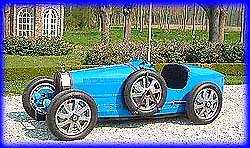
In the 80's, a lot of work has been done by BASSET DOWN in the UK to perfectionise the car. Hamish Moffat sold the car to Mr. Finlator, who has been using the car to race. During this time, the car was maintained by IVAN DUTTON. I have imported the car to the Netherlands, and most maintanance was done by KLOPPER ENGINEERING and Mr. ROSMAN.
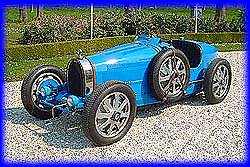
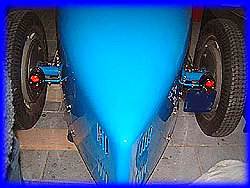
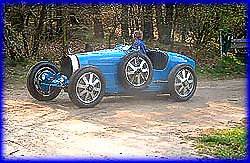
The car has been mentioned in various works...
Books
& Magazines
Bugatti Magnum
- H.G. Conway
Grand Prix Bugatti - H.G. Conway
Bugantics 18 No.1
Classic Car Africa - April 1996
Television:
Zo Goed Als Nieuw (as good as new) - June 2002
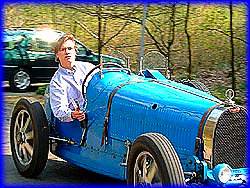
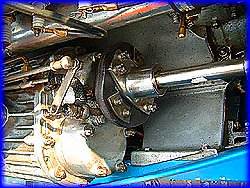
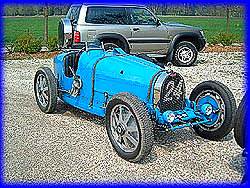
Important Numbers (which are original):
Frame Number - 613
Chassis Number - 4893
Engine Upper Crankcase - 56
Oil Pick Up - 41
Cambox - 375
Extremity Cambox - 375
Gear Box - 151
Lid - 151
Rear Axle - 117
Torque Arm - 117
Crankshaft 35C - 31
Fly Wheel Clutch - 31
Carter Upper Cylinder - 90
Steering Arm - AD3
Springs Front On Rear - 115
Important Numbers (Non-original /
Modiefie):
Carburetor - Modifie
Engine Lower Crankcase - After 1945
Exhaust Manifauld - After 1945
Wheels Type 51 - After 1945
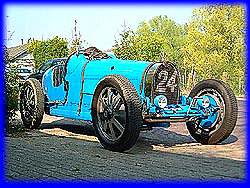
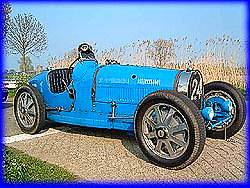
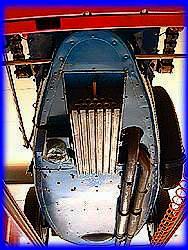
Extra Information, coming from http://www.bugatti.com/en/tradition.html
| Type 35, 35B, 35C, 35T | |
|
E-Mail to -> owner of the
car Mark Albada Jelgersma, 2002